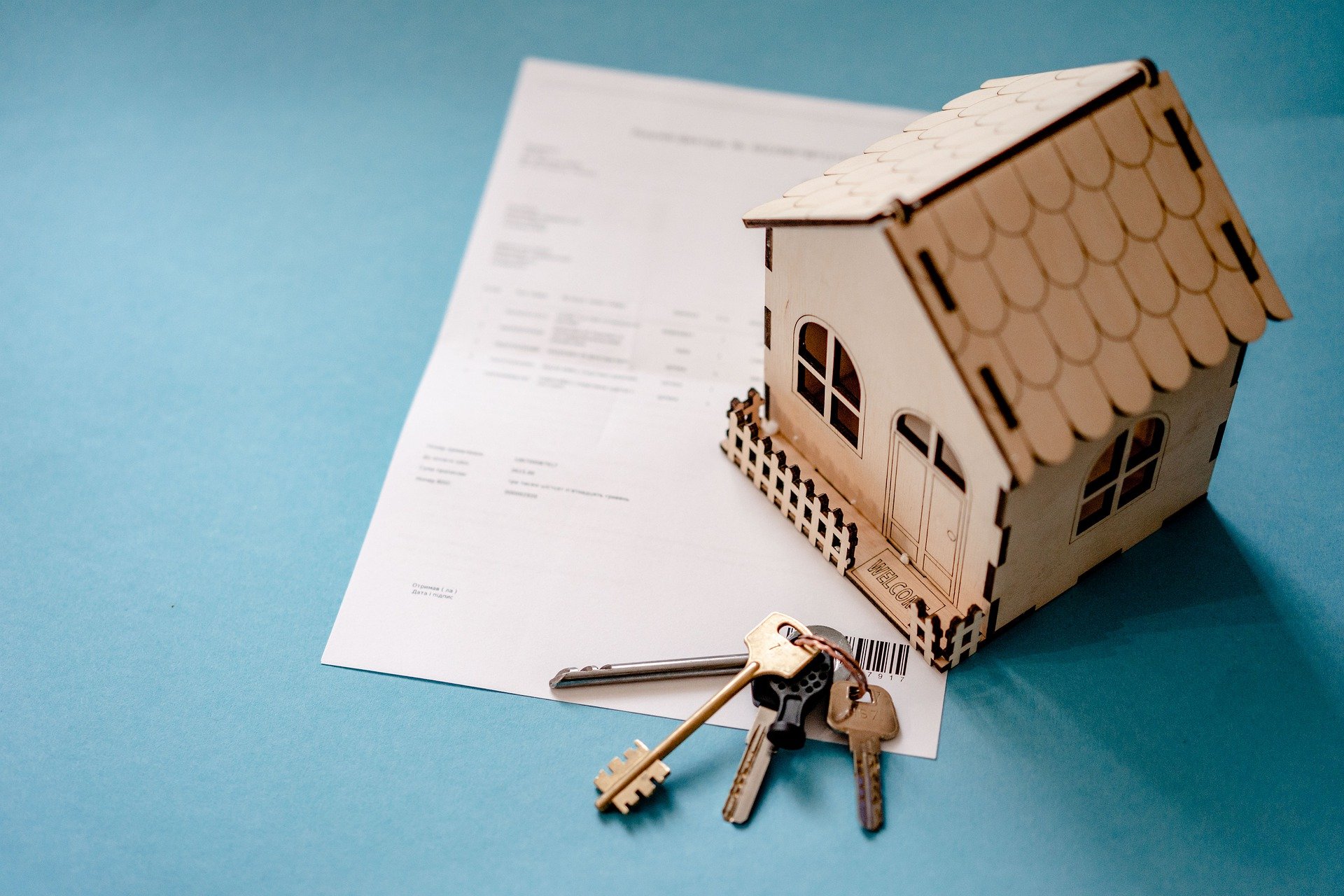I was speaking to a client the other day and they were looking to work with a new agent. The agent asked what class of property they were interested in targeting and my client wasn’t sure how to answer, mainly because they didn’t know how to classify different properties! This is a common occurrence and I thought it might be good to share some insights not just with that one client but with all of you!
When it comes to classifying properties, there are no hard and fast rules. Some folks rate properties on an A/B/C scale, others A/B/C/D. Some folks use a plus or minus, Like a B+ or A-. As with most things real estate investing, there is no one way to approach this and you will find other investors use different methods. The most important takeaway here will be, develop your own way of classifying properties and then stay consistent with that.
Class A Properties
The old adage when it comes to real estate, Location, Location, Location, certainly rings true when it comes to classifying properties. A Class A property is the best of the best. It is in the most desirable location. It will have the best school district. The property will have the best restaurants and shops within walking distance or will be easy to drive to. These properties are generally new or newer, require the least maintenance and have been well cared for. They will have modern amenities. They will fetch the highest sales price and have higher appreciation for the area. If the property is or will be a rental, it will rent for higher than average and will also have low vacancies and turnover. Class A properties will wind up costing you more to buy and require more costly repairs when they do occur. If you are keeping your Class A property as a rental, you can expect lower cashflow and longer vacancies.
Class B Properties
A Class B property is just one step below the Class A properties. They homes are a bit older (10-30 years) but are still very nice. These are generally in upper middle-class neighborhoods and can still get good appreciation and better cashflow. They have good access to shops, restaurants and schools. There might be some deferred maintenance, but you will still have good appreciation. These homes are a bit more affordable than Class A properties but may have little room to increase value. If you are looking to hold your Class B property as a rental, tenants might stay longer and exhibit more of a “pride of ownership”. These neighborhoods are typically 50% owner occupied and 50% rentals. They can lack the sizzle of Class A properties but are still good properties.
Class C Properties
Class C properties are typically the go to for investors. These properties will rent quickly and can offer much better cashflow. They will rent to middle to lower income tenants and tenants will stay for shorter periods of time. These properties are typically older (30 years old or more), have more deferred maintenance and require repairs more often. Class C neighborhoods are often the biggest percentage of a city or towns neighborhood type. They are more affordable, are the most in-demand, have the biggest upside potential and can typically sell quickly. Investors might also be able to buy these homes at a discount.
Class D Properties
Class D properties are typically the least expensive. These properties are in the worst locations and will require the most amount of repairs and maintenance. If your city has a “war Zone” then that would be Class D. There is high crime, and the homes are much older. These properties will attract the lowest income tenants and will have frequent turnovers. Class D properties will have the lowest appreciation. Although these properties might seem to have the highest cashflow, the high turnovers and repairs will certainly cut into your cashflow and add to the level of property management required. Investors can typically get away with cheaper repairs on Class D properties and can often buy at a large discount.
Property Classifications Are Market Specific
There is some nuance to classifying properties and neighborhoods. Not all properties in a Class B neighborhood will be Class B properties. We as investors might be able to find a Class C property in a Class B neighborhood. This will might be a good candidate for a fix and flip or the BRRRR strategy. We might be able to get better tenants and rents if we offer a C+ property in a Class C neighborhood. It is also important to remember that these classifications are going to be market specific. Meaning a Class B property in one city but be equivalent to a Class A property in another and vice versa. Some towns might have a whole new subdivision going in with all the latest amenities and thus have a Class A neighborhood being built but another town may not have and that same growth for several years and thus their Class A would be the same as the first town’s Class B neighborhood.
Let Your Long-Term Goals Guide Your Property Portfolio
So what Class of property and neighborhood should you be investing in? Well, it depends. What are your goals with investing in real estate? What does your current property portfolio look like? Are you wanting more monthly cashflow? Are you trying to diversify into better appreciating assets? What is the long-term goal you are hoping to achieve? One Class is not necessarily better than any other. They all have different pros and cons, and it is up to you to decide which is best for you, your long-term goals and your current situation.

